VERY RARE! 1943 WWII Operation Flintlock PBY-5 Sunk Japanese Shipwreck Shoei Maru - Kwajalein Island*
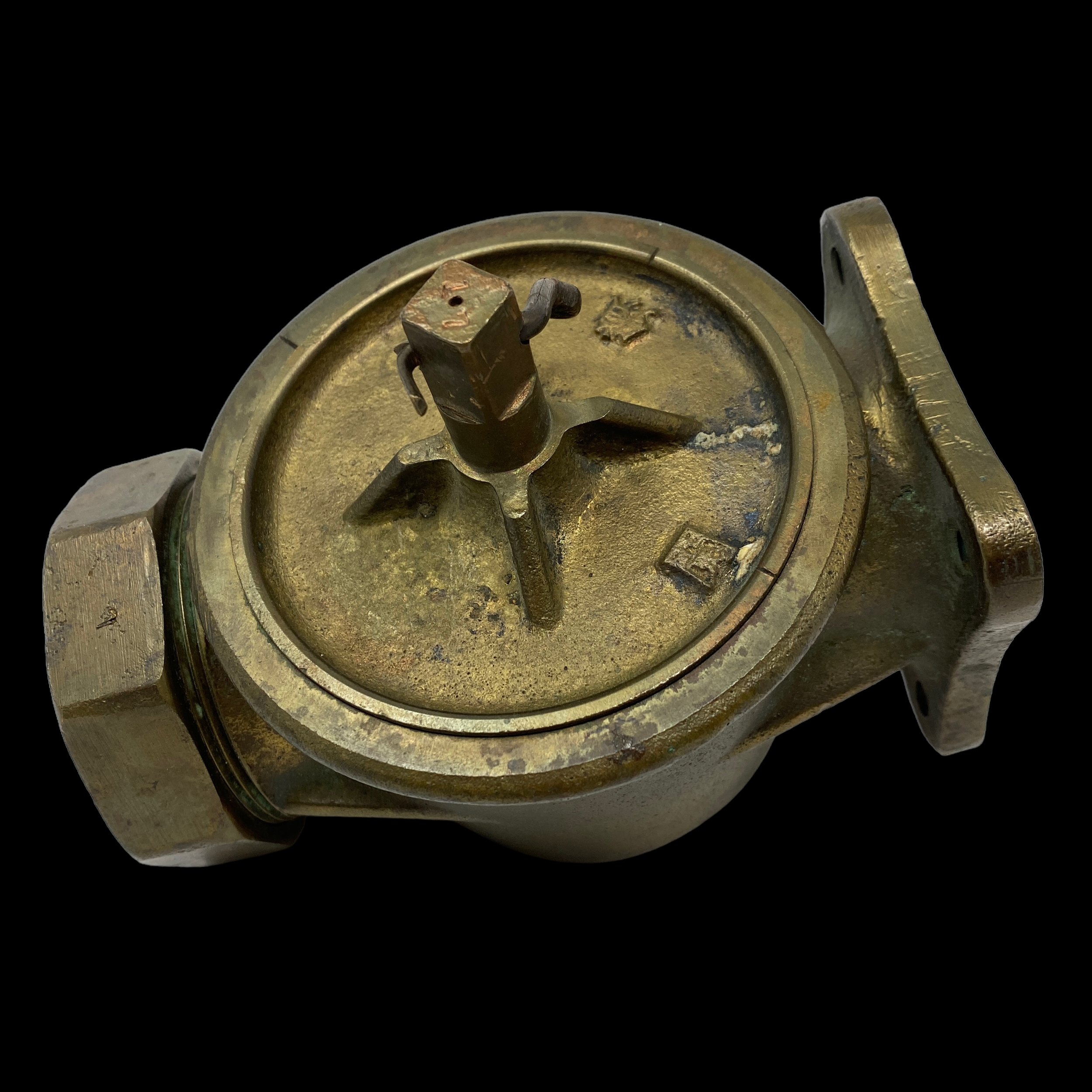


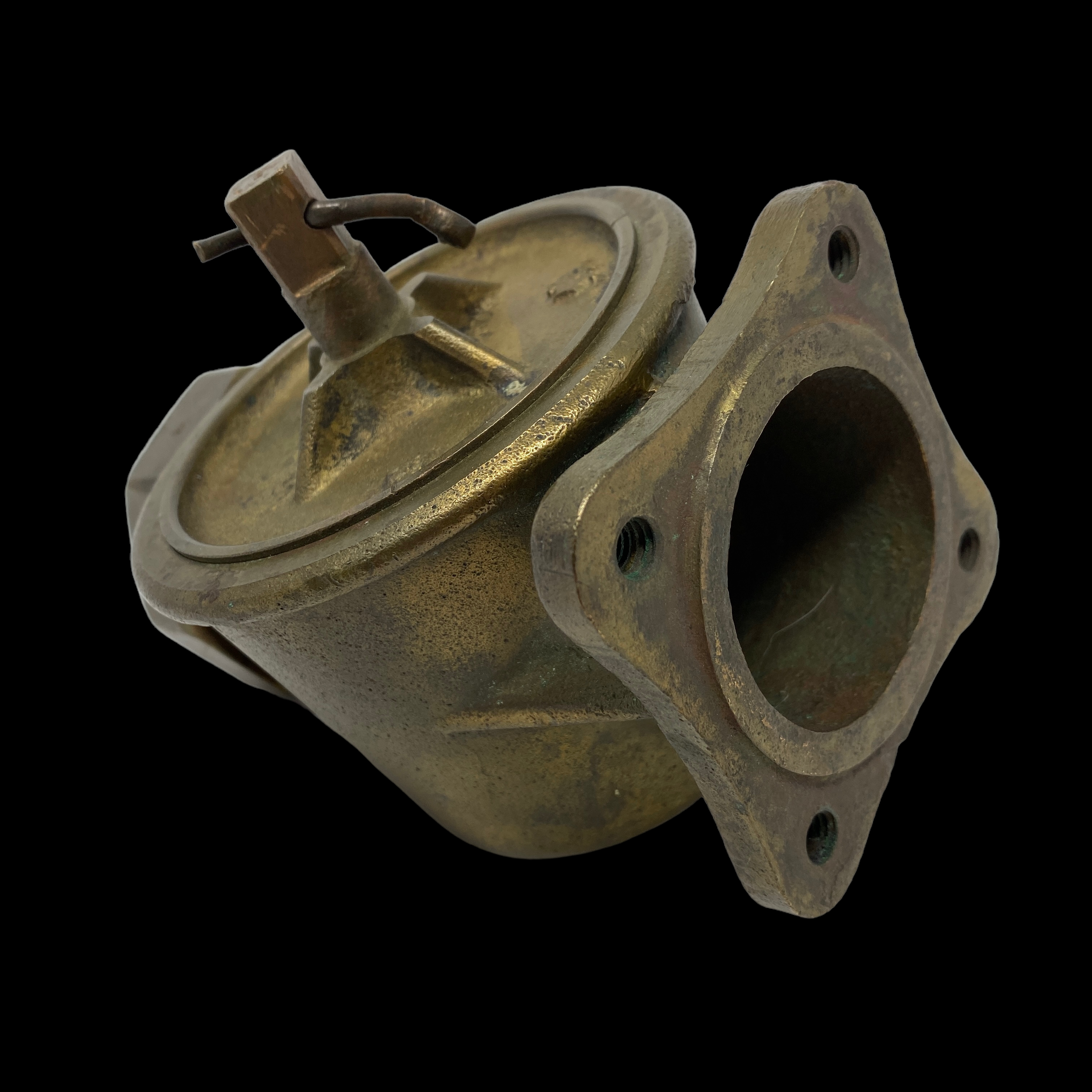
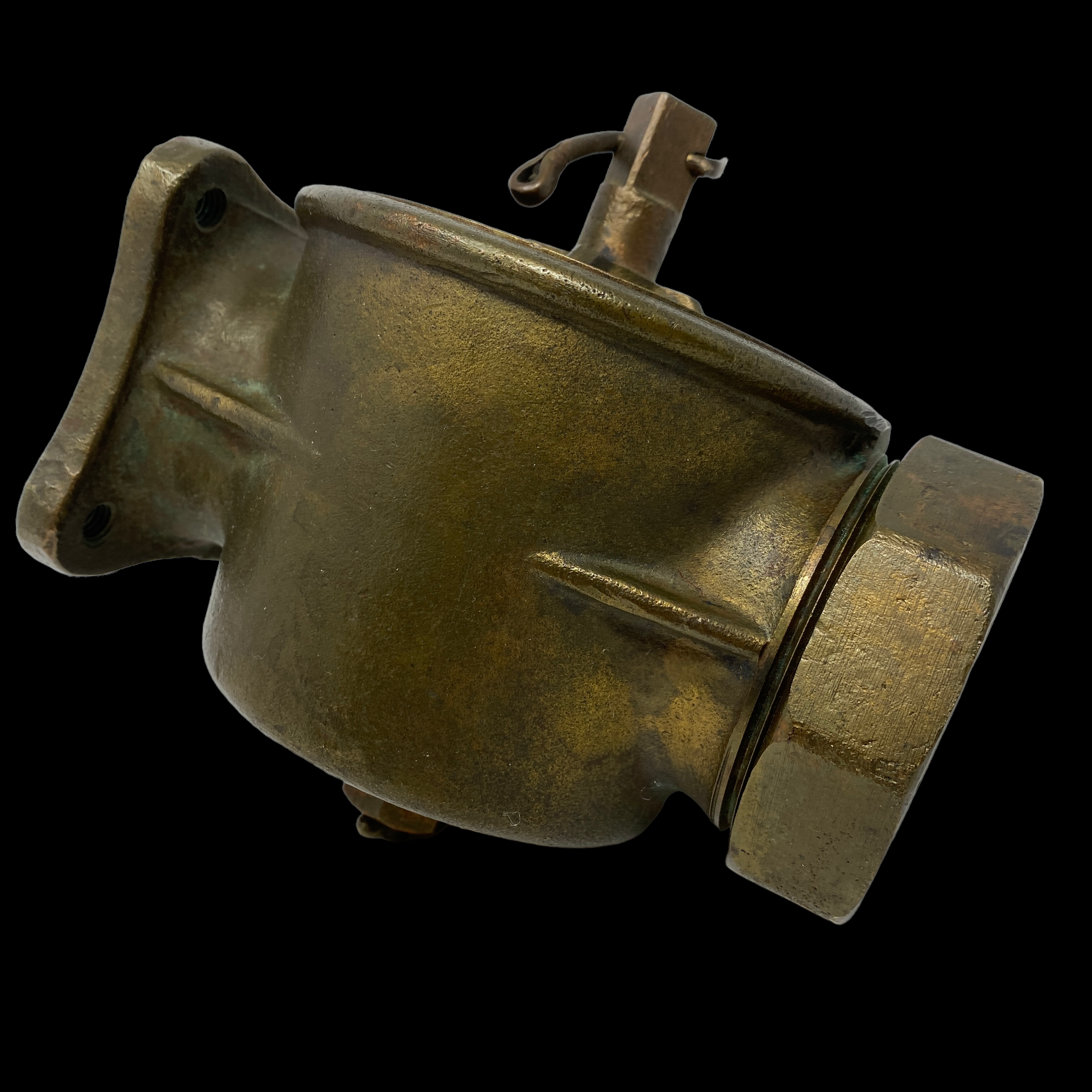
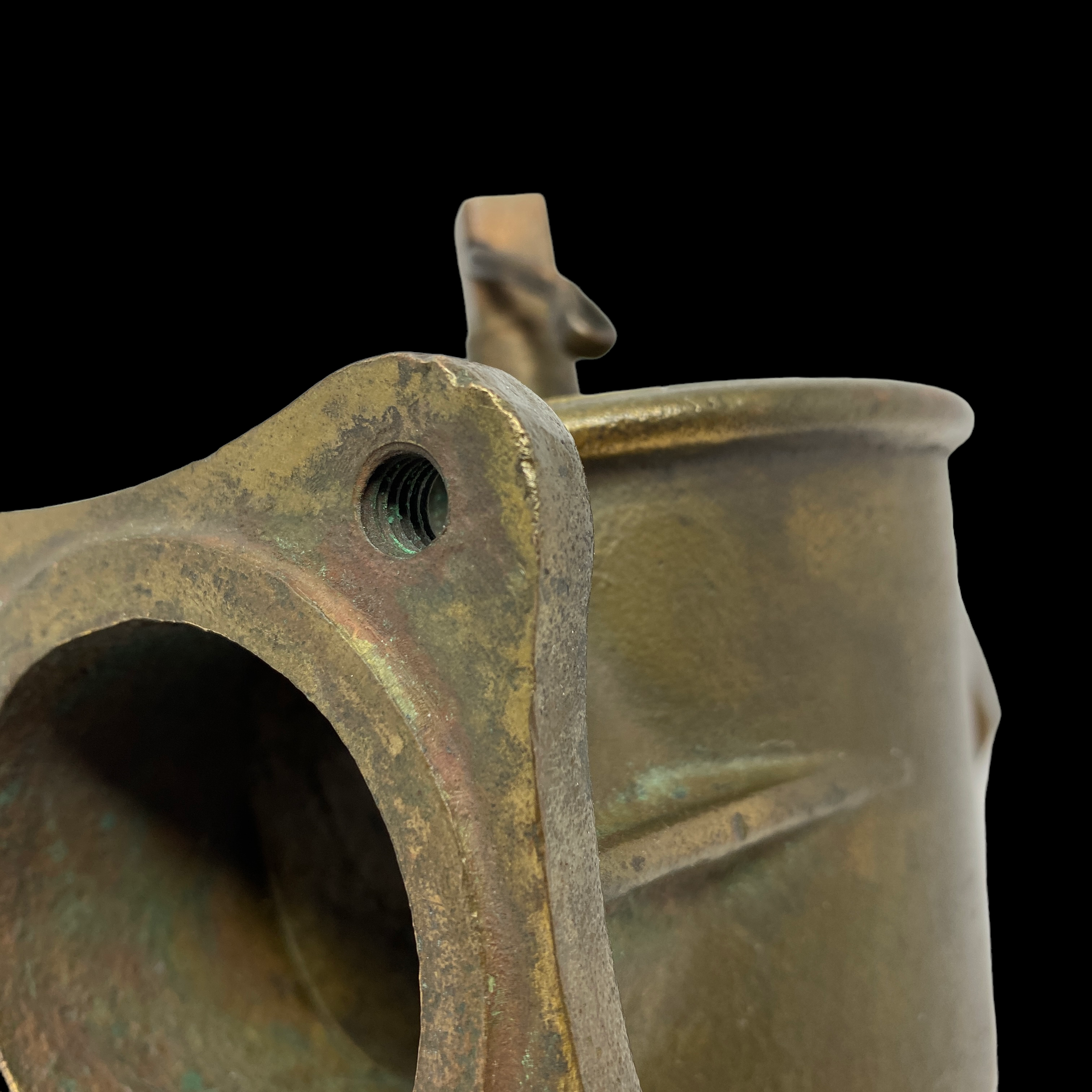

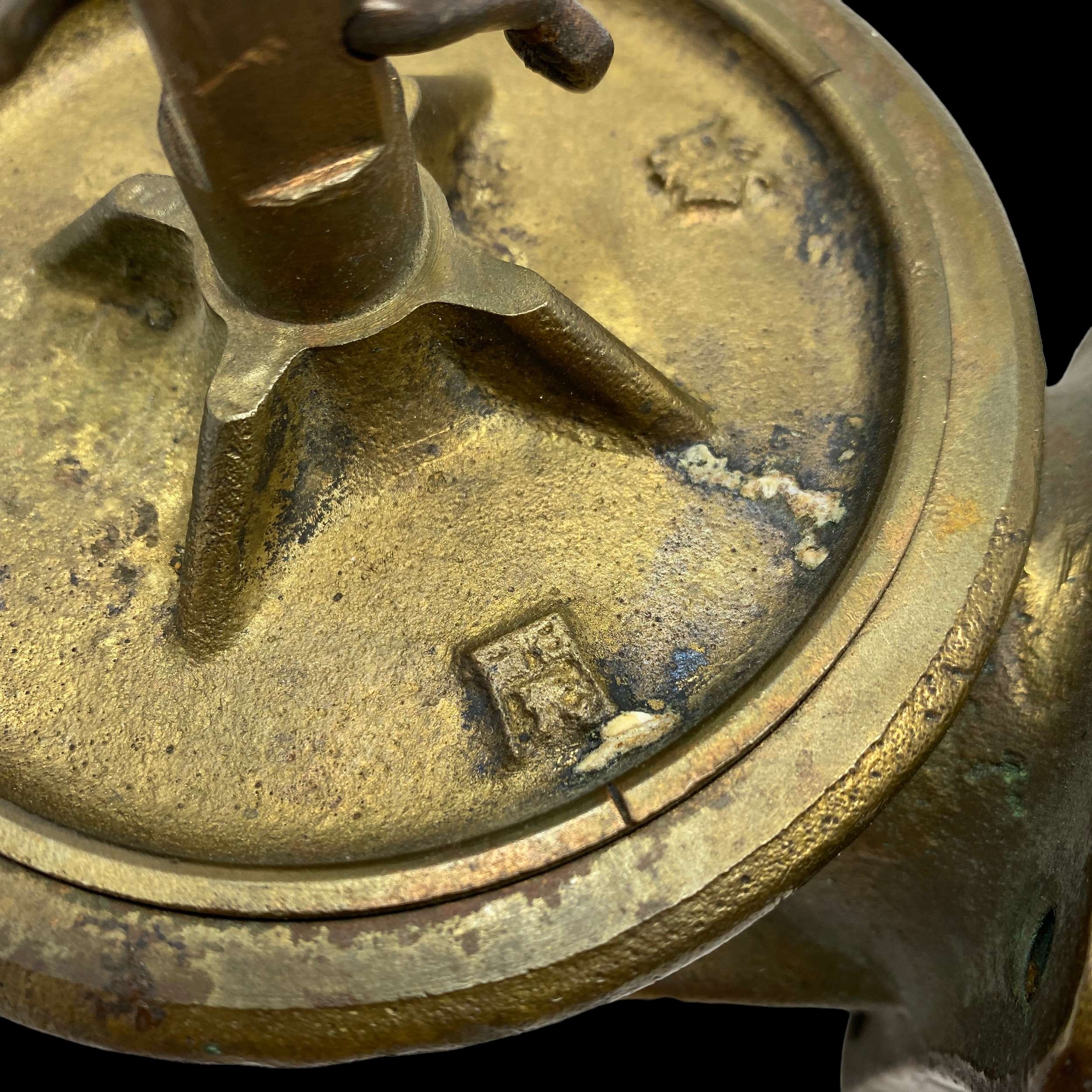
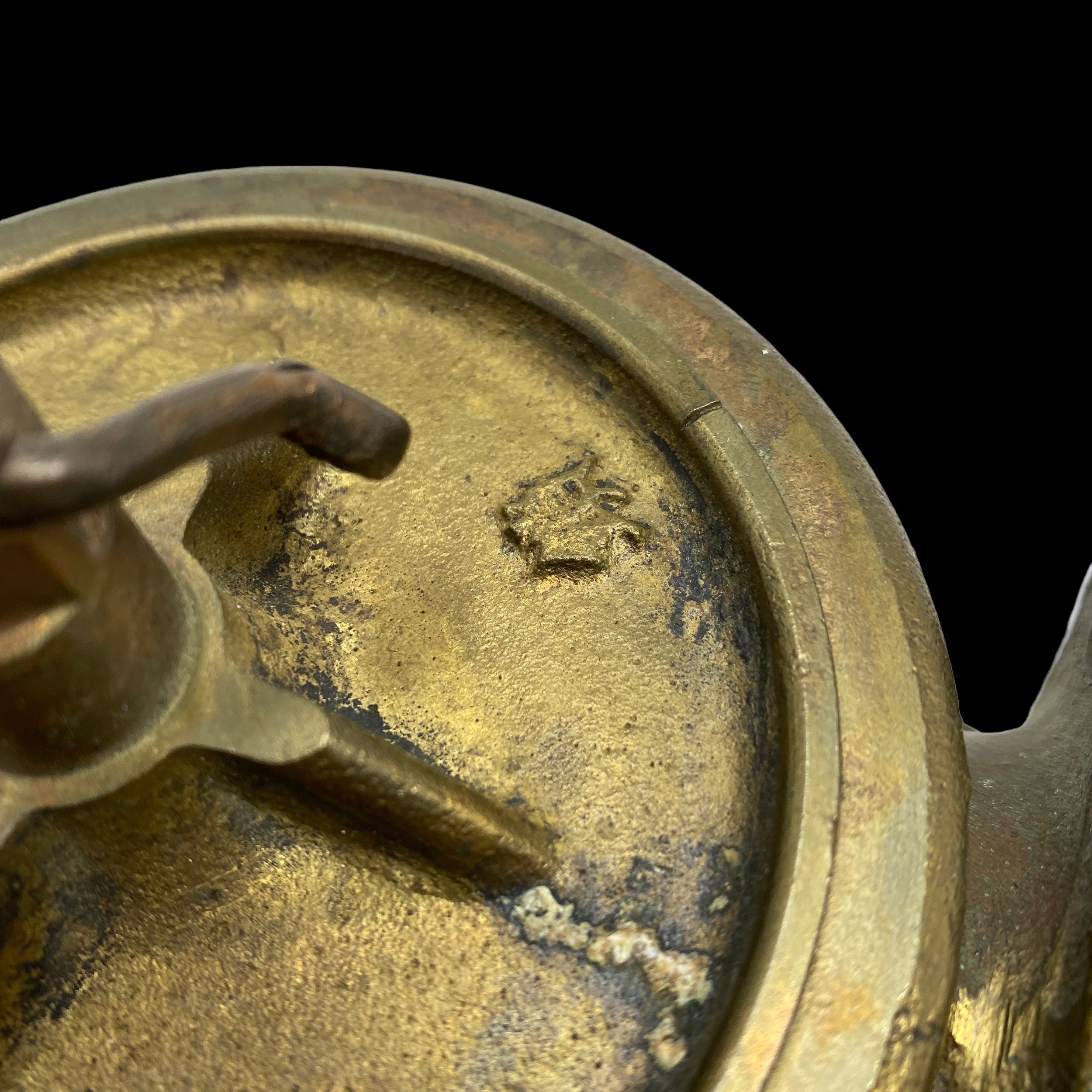
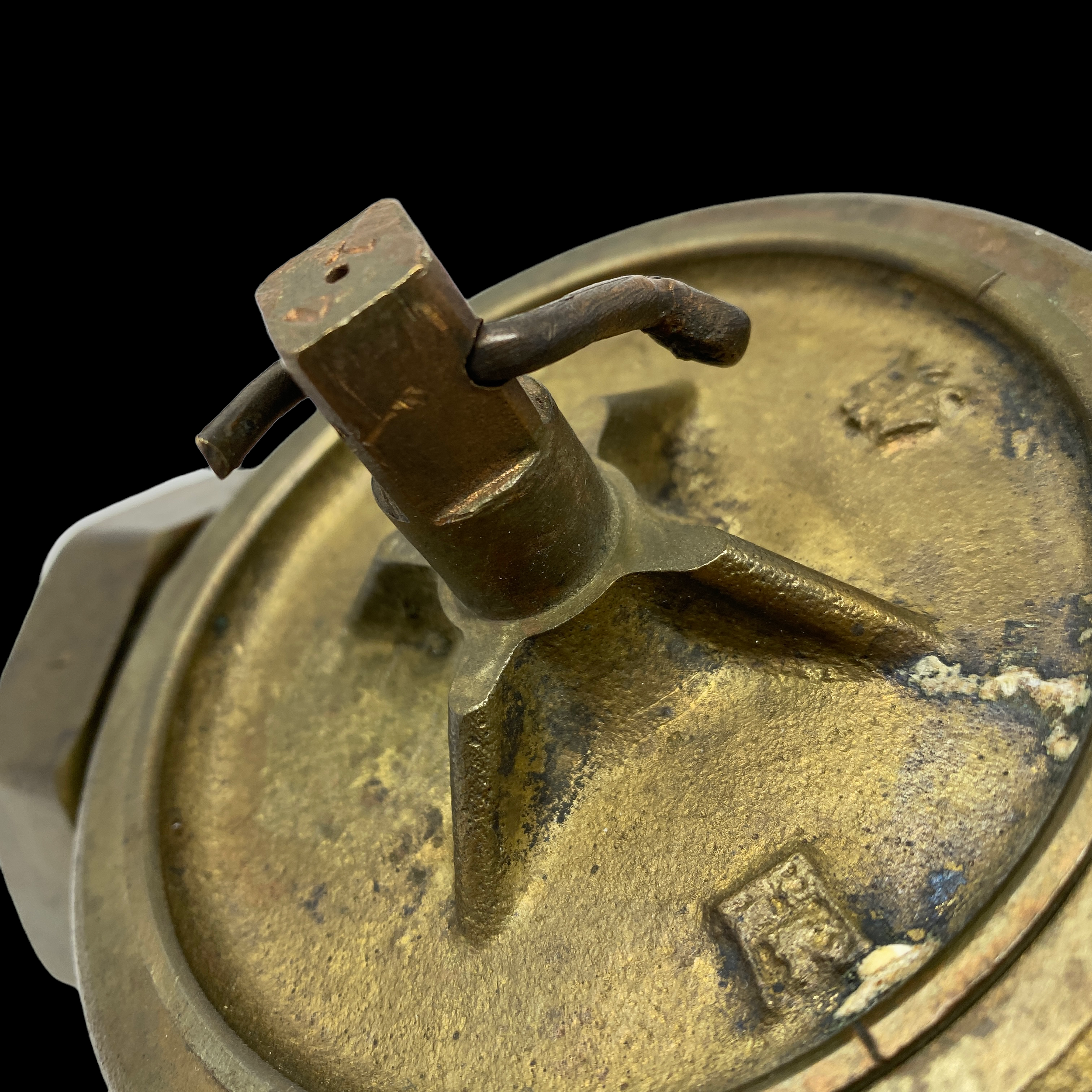
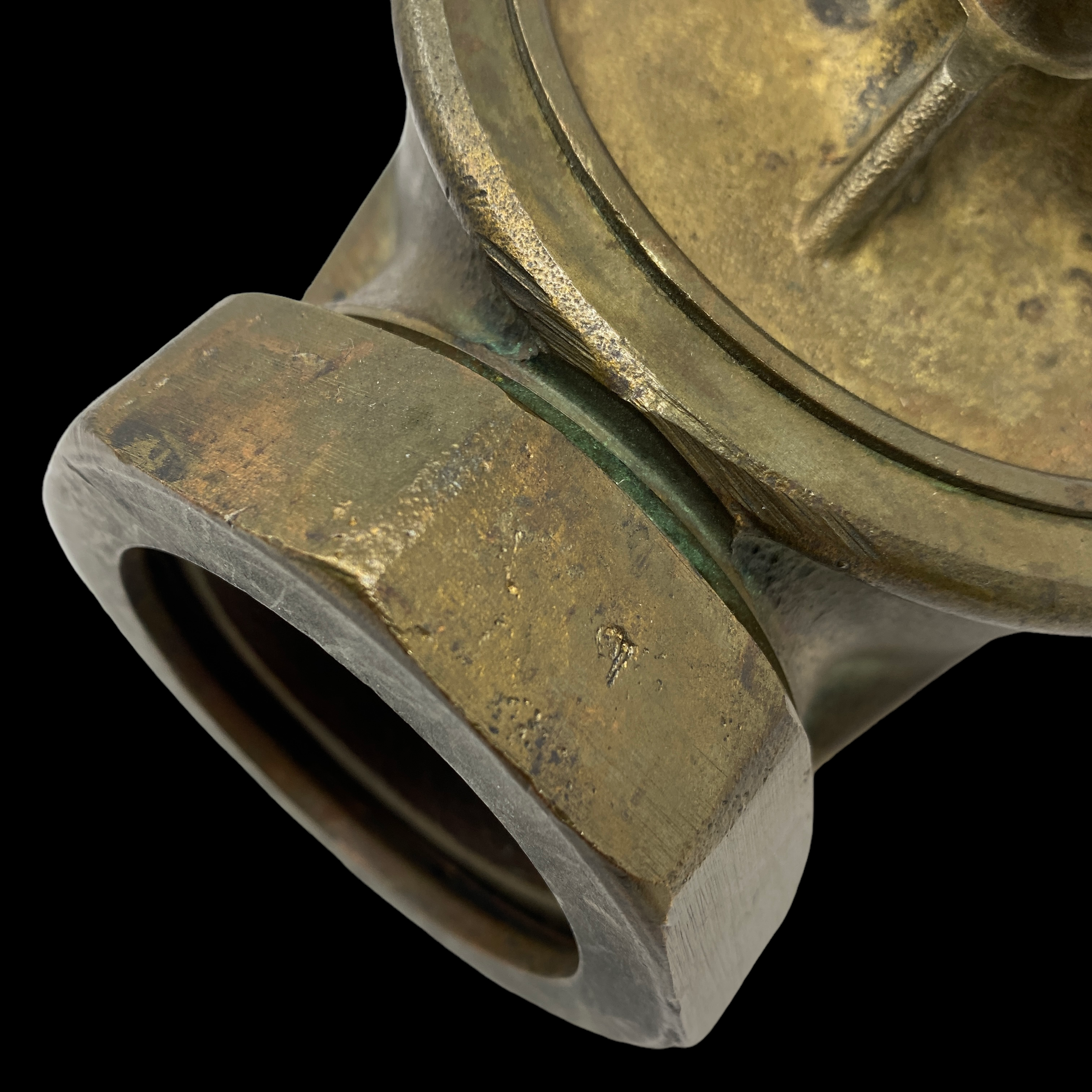
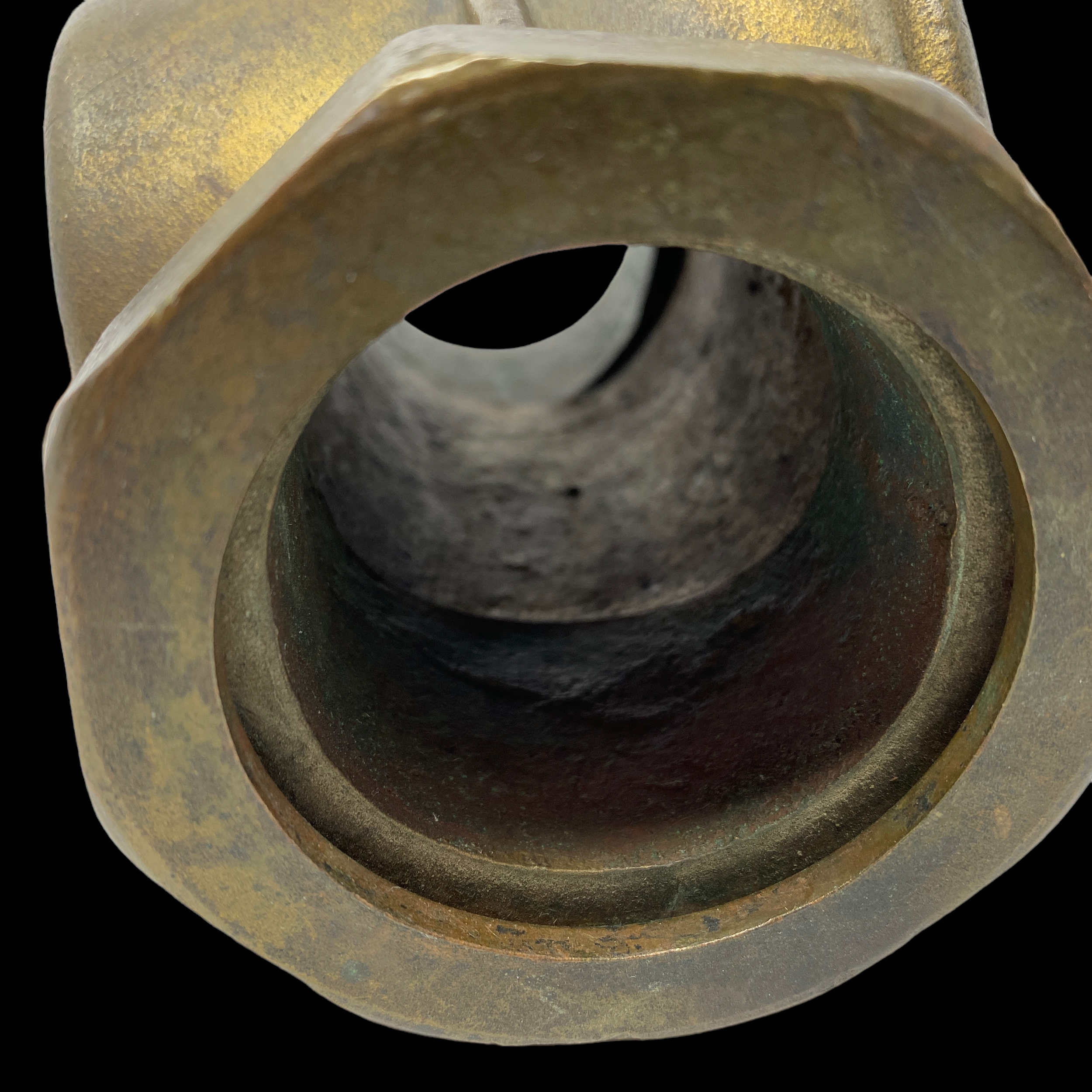
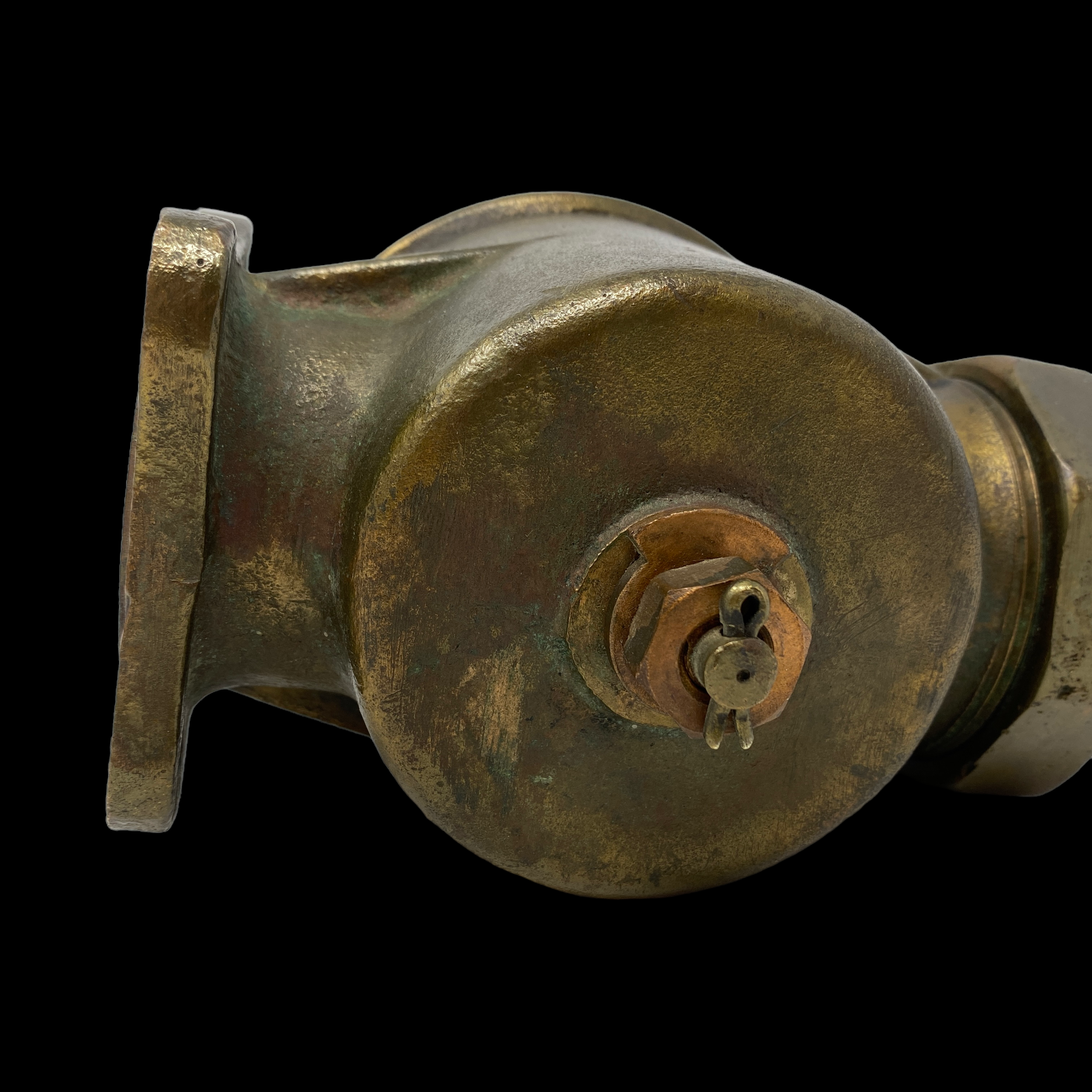
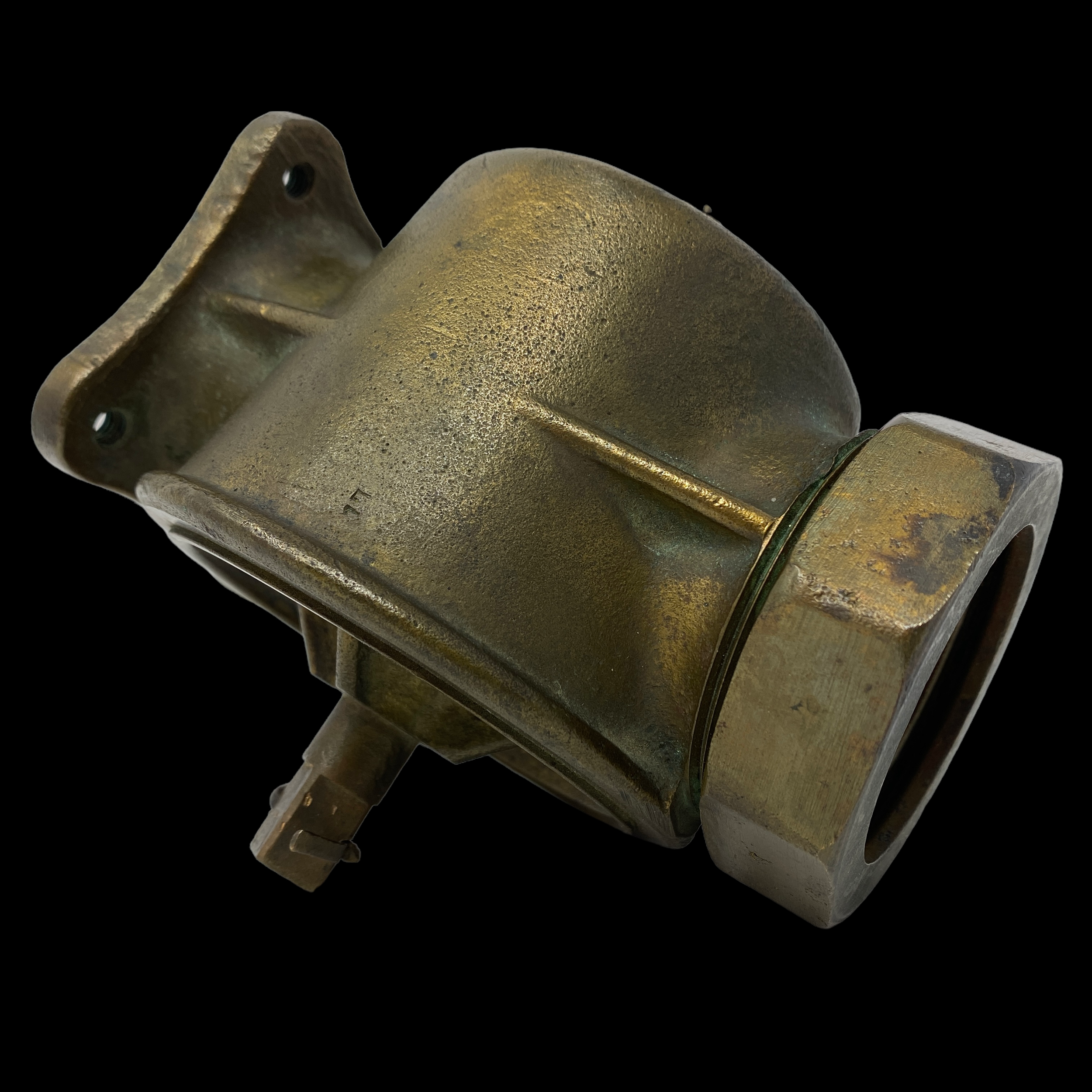
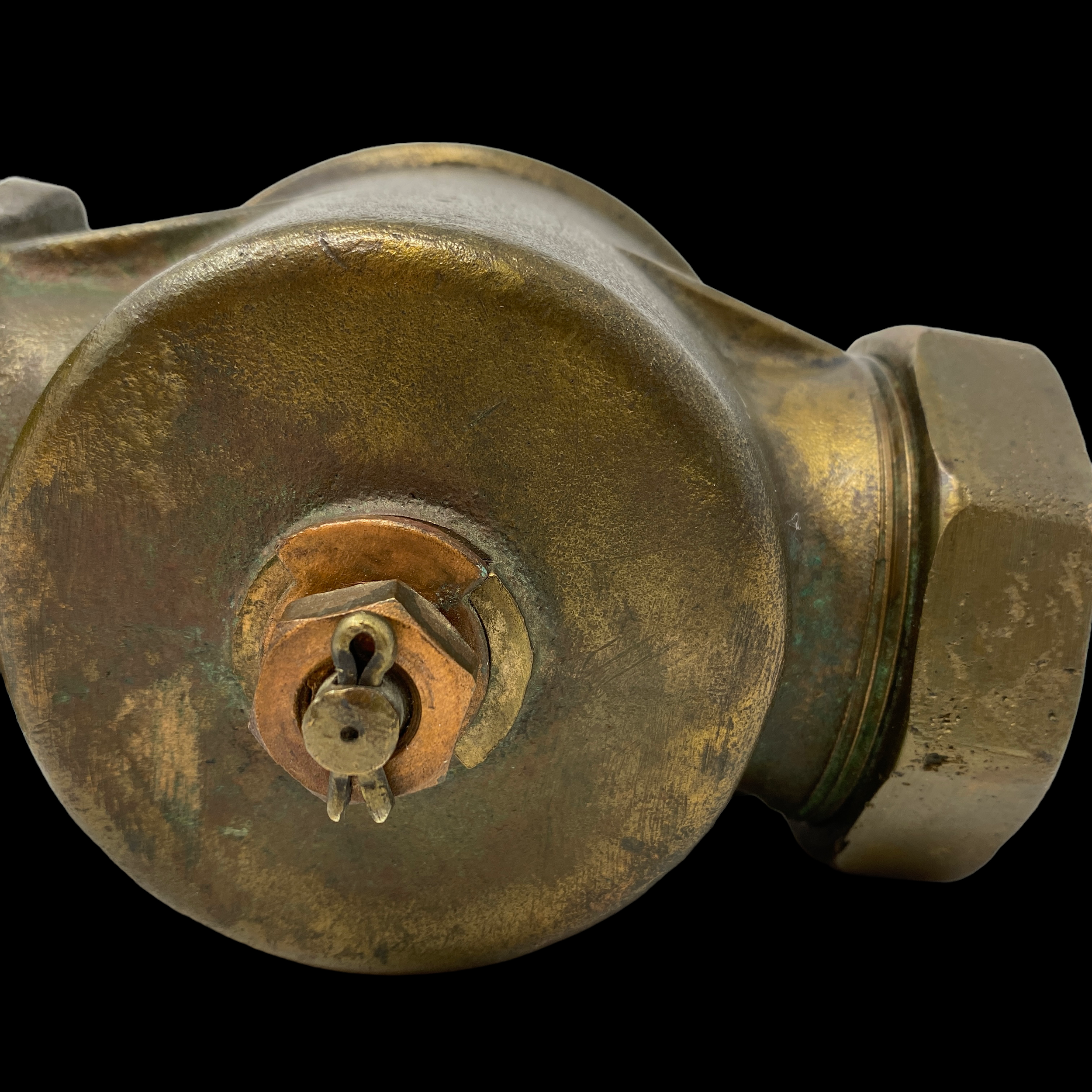


VERY RARE! 1943 WWII Operation Flintlock PBY-5 Sunk Japanese Shipwreck Shoei Maru - Kwajalein Island*
Comes with hand-signed C.O.A.
This incredibly rare and museum-grade shipwreck artifact was recovered from the WWII Japanese Naval ship the Shoei Maru. Among the Japanese freighters which were sunk at Kwajalein Atoll during World War II is the Shoei Maru, which was at anchor in the lagoon just off Kwajalein Island, on December 19, 1943. The Shoei Maru had arrived at 2pm that afternoon. Just a few hours later, before any of the cargo could be off-loaded, the ship was sunk during a night attack by a lone U.S. Navy PBY-5 ‘Catalina’ of VPB-72, which was flying from Tarawa in the nearby Gilbert Islands (today known as Kiribati). The attack happened around midnight, and the ship was hit by a single 500-pound bomb which blew the stern off. According to captured documents, the Shoei Maru sank a short time later between 2-2:30am, coming to rest upside down on the bottom of the lagoon.
This WWII shipwrecked Japanese artifact was recovered by U.S. Veteran David C. Hintz. David C. Hintz served in the Pacific Theater during WWII and saw action in the famous Battle of Guadalcanal. The identity of the Shoei Maru was confirmed by intercepted communications, and POW reports following Operation Flintlock and the wreck was found in 1965. David C. Hintz returned to the Pacific where he was an avid diver and personally recovered this piece off the Shoei Maru in 1970. During this dive of the Shoei Maru he recovered this very heavy brass valve fitting, two fuzes, and six machinery plates.
For a first-hand account of the attack on the Shoei Maru:
This is to fill in a small blank in history that occurred in 1943 - December 19th or 20th. It may be a line, it may be a chapter, it may be just a comma but they leave it out of all the history books. We'd like to get this corrected so we'll put it in the record. The day that started out bright and sunny ended up at midnight the 19th of December, 1943 on the island called Kwajalein. I'm sure you've heard of it. The star of this program is a fine old gal called "The Hapless Harlot". She never failed the crew although later on the crew did fail her a little bit. But she came out through it very well. It started out beginning about two weeks before this with all kinds of rumors floating around in the squadron. We were based at Tarawa in the Gilberts, flying patrols out toward the Marshall Islands every third day. You had standby on the second day and you had the day off on the third day. There was a hint that there was something coming up from Funafuti, our previous base in the Ellis Islands. Sure enough, one of our planes arrived with two torpedoes slung under the wing. That set the rumor mill going even further. I didn't pay much attention to it because I had a good pilot. He always kept us informed of everything that was going on. So, we'd find out what this was all about eventually. Then there were rumors that the executive officer's crew was going to take those torpedoes up into the Marshall Islands. Then two other crews were going to go. Finally, I had orders not to go on patrol this particular day, on the morning of the 19th. We were going to be doing something else. The something else was that they were loading torpedoes - one torpedo and one 500 pound bomb under the wing of my aircraft - poor "Hapless Harlot".As you know, at this time in 1992, we've had what was called a war over in the Eastern Gulf - 100 days where the combat troops waved at one another. They hardly had any action. That wasn't what the marines had in WWII. The sophisticated aircraft and smart bombs and things of that nature - we had an advantage over them. We had two engines on our aircraft. Some of those only had one engine. Ours was an 1830 Pratt & Whitney, 1200 horsepower. We flew at fantastic speeds. We were doing 90 knots over the targets when we were hitting them. That gives us an advantage in that we were going so slow and they were shooting in front of us instead of hitting us. Later in the year they corrected this problem.This night's venture was to be the first of several. I found out my crew was relieved of all patrol duties. Our pilot was supposed to fly as pilot, and the skipper of our squadron was going to be co-pilot on the many night strikes. Interesting. Our crew was ordered to go through the enlisted men's mess line early so they put us at the head of the line. The mess cooks - this was the first time they had a plane go into combat from their ship other than patrol duties - so they wanted to make sure we ate, I guess in case anything happened to us we'd sink. They piled the food on our plates so high that it would take three people to eat a plateful.We went down the ship's ladder onto a small boat that was alongside in order to get alongside our aircraft which was moored at the stern of the cutter Mackinac, I should say seaplane tender Mackinac. She became a cutter later on in the Coast Guard. We climbed through the blister and into the plane to the cheers and the yells of encouragement - "Go get 'em, go get 'em!" "Good Luck", everything. Of course the crew didn't have the slightest idea where the hell we were going. They would tell us after we were in the air. I was up in the tower in the flight engineer's location for takeoff and my second mech Parks was up in-the bow, paying out the line, dropping the plane back to some distance so that we could swing clear of the ship when we got the engines started.
I started both engines as we swung clear of the ship, and we were off to taxi down the harbor. It was a long taxi because we were going to have a longer run with the load that we were carrying. We had a full load of gas and everything was checking out. The engines checked out beautifully. So we turned into the wind and Lt. McCreary said to me, (that's my pilot), "Bob, when I get up to speed I'll say raise rather than give you a light on it for raising the wingtip floats. It's better that way." He said, "We'll get the light corrected later". So we threw her into full rich, throttles wide open, full 1750 rpm, full power. She ran down the harbor, and ran down the harbor and lifted off smooth as silk and as we cleared the water he said, "Raise 'em Bob." So I picked up the wingtip floats and we were off to the races. Correct that - we were off to our mysterious flight.Things settled down and I had Parks take over the flight engineer's seat. I went down into the navigator's compartment where Captain Sidney Jack Lawrence, the Squadron Skipper, was opening the envelope with the orders. He informed us while he was opening the envelope that our destination was going to be Kwajalein. Kwajalein - where's that? We looked at the charts. Willy Williams our Ensign navigator showed us on the charts the Marshalls have a sort of a channel going up the center between Mili and Jaluit, and Majouro is on one side, on the right hand side, and Maloelap is up on the right hand side, a couple on the left hand side and then we come to this huge atoll - Kwajalein which is off-center a little bit. We had no problem with this, it was just 600 miles of enemy territory. That's all right, you're wandering around there, its at night - don't forget we're doing 90 knots. We're 200 feet in the 'air also. That's pretty good elevation for that night - stays under all the Jap radar. It was a long night. Good thing we brought some sandwiches after all that big meal that we had. We reviewed everything we that were going to do just prior to going into the target. One of the things we do is to flood the fuel tanks with C02 in case we take any hits in the fuel tank, it won't explode, it will just leak out. I don't like that leaking out business but it's much better than having it on fire - explode. We were of course in radio silence and we spent quite a few hours - we'd taken off just at sunset, I don't recall what time that was but I know that we came over and made a west turn and arrived at the reef just above Ebeye Island. We were up there quite a ways.Well, let me go back to the discussion we had with the captain in the cabin. We said, "What are we going to look for?" He said, "There's a report with two cruisers in the Kwajalein Atoll, in the lagoon, and we want to see if we can't get one or two of those." I could see a cruiser against a PBY - it's not a very fair match. We had the advantage all over them. He couldn't see us so well but we could see him sitting down there in the water. This was to later be determined who could see who.We slid in over that reef at midnight and the chief radar officer was with us. He was a very nice gentleman. It was the first time I had met him. They didn't want to have any just plain operators there, they wanted the best that they had because our radar gear was known as "easy gear" - it was the lousiest stuff on the market. It looked like fly specks all over the radar scope. It didn't tell you too much. We found out how much it told us later on.We started to run down the lagoon and the torpedo's going to be launched manually. We didn't trust the electrical hookup through the pickle. They were dropped individually. We didn't want both the torpedo and the bomb to go off at the same time so they decided they would launch mechanically which is a pull handle like an emergency brake cable. We started down, radar had a sight on a ship, and he's sitting in there in the dark and looking at his little green disk there and watching that thing come out and he's calling off the distance to the target and the captain said, "Radar, are you sure you're on target?", "Yes, I'm on target". So we got closer and Radar says, "Drop". And the skipper did not drop. He said he hung on to it. There was a little silence and then all of a sudden he said, "God damn it Radar, that's an island you're aiming at." So we, Lt. McCreary, banked the ship over to the left to go back inside the island, up the lagoon, and as we turned left there was a whole fleet, I mean a tremendously large fleet of ships all through that area. And there were just all kinds and manner that you could imagine. He was picking the wing tips among the mast tops back and forth just so we didn't clip our own wings off. We could see fellows running around on the decks of the ships and we got out of there and got up the lagoon. The skipper demanded an apology of the radar officer and he said, "Now don't do it again - don't make that mistake again. We were lucky to get out of there alive. Let's go back." So I thought, well, we should try another island. No, he thought we should hit one of those targets we saw down there.So we turned the ship around. McCreary turned the ship around and we started on down the lagoon again. All the calm becomes real pressure now as to what we're going to tangle with once we get down into this thing again because they had a good look at us because we were at 150 - 200 feet in the air dodging all through the mast tops there. We got to the drop point and the skipper dropped the torpedo. We went on a little bit to follow the run. He said, "Damn it Radar, that's an island you dropped that on. You're aiming straight at an island." Well, there was no explosion. So McCreary banked the ship to the left again and he used to use the little eye bolts sticking through the hull in front of him on the catwalk, where we always hooked a safety belt on to pick up the mooring buoy. And he would always have me line those up a certain way. I couldn't figure out why but now I found out that this was his bomb sight for low level bombing. We were in a bank, we spotted the ship that he wanted and he just dipped that thing down and put her right through the hull of a 10,000 ton ship. We had this confirmed after we captured the islands. She was 10,000 tons, just in from Japan that day and they hadn't gotten anything off of her.This was confirmed by the harbor master's log. It described our flight around the harbor a couple of times and then coming down and dropping the bomb on them. We had a time delay fuse on this, it went off and she blew - a tremendous explosion. Then as we crossed over the reef getting out of there, there was another explosion - we could see that. As we climbed up to altitude around 10,000 feet to go back down the center of the slot, we wanted to get as much speed out of her -if we get 90 knots it's at sea level, we could do about 98 to 110 if we were up high enough. We could see explosion after explosion taking place for the next hour as we were flying away from there. It was a tremendous experience. As dawn broke we had breakfast as we were passing Makin, landed at Tarawa much the heroes, victors, the conquering knights had returned home victorious. We felt like dishrags.